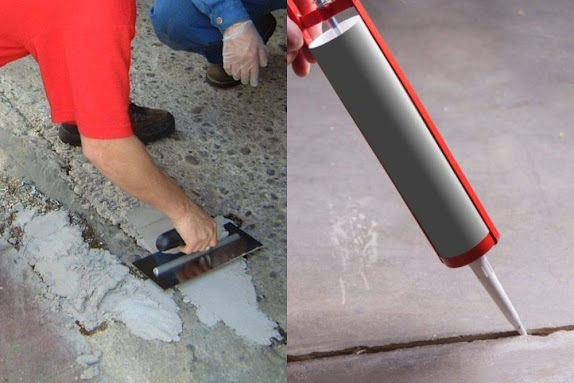The Ultimate Guide to Concrete Repair Products
.jpg)
When it comes to maintaining and preserving the structural integrity of concrete surfaces, having reliable and effective concrete repair products is crucial. Whether you are dealing with cracks, spalls, or other forms of damage, understanding the different types of concrete repair products available can help you make informed decisions for your repair projects. In this guide, we will explore the various concrete repair products and their applications, enabling you to choose the right solution for your specific needs. 1. Concrete Crack Sealants: Concrete crack sealants are specifically designed to fill and seal cracks in concrete surfaces. They prevent water penetration, further deterioration, and help maintain the structural integrity of the concrete. These sealants come in different forms, including liquid, paste, or caulk-like compounds, allowing for easy application and versatility. 2. Concrete Patching Compounds: Concrete patching compounds are ideal for repairing damaged or deter...





